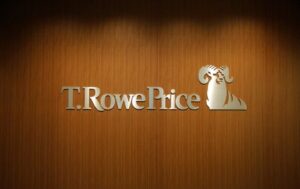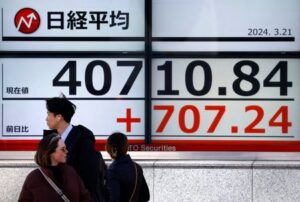With supply chain disruptions already taking a bite out of Apple’s (NASDAQ:AAPL) sales, Bloomberg’s report that the company is informing suppliers of weakening iPhone 13 demand isn’t the most encouraging development. Not only is this news knocking shares of AAPL — the largest component of the S&P 500 Index — lower, but its supply chain partners, such as Cirrus Logic (CRUS), Skyworks (SWKS), and Qorvo (QRVO), are also under pressure.
For a market already on edge due to the Omicron variant and persistent inflation, this report comes at an especially sensitive time for investors. A key aspect to the bullish narrative for the stock market has been that demand has remained strong across most industries, offsetting concerns about widespread supply chain issues. That storyline is taking a hit today, though, as it appears that consumers are reining in some spending while gas, food, and utility costs climb.
When AAPL reported Q4 earnings on October 28, CEO Tim Cook was upbeat about the demand environment, stating that interest in the company’s new products was “very robust.” Those positive comments helped take the sting out of an otherwise disappointing report that included AAPL’s first revenue miss since 2Q17. That top-line miss was mainly driven by supply chain constraints, which the company estimated had a negative revenue impact of $6 bln. While Cook predicted that silicon shortages and COVID-related manufacturing shutdowns would likely worsen in 1Q22, he also stated that AAPL would still achieve record holiday quarter results, bolstered by healthy demand for new iPhones and iPads.
That may still be the case: analysts currently forecast Q1 revenue to increase by 5% yr/yr to $117.3 bln. However, the idea that last quarter’s in-line EPS and revenue miss was just a one-time anomaly may prove to be incorrect if demand continues to soften.
Beyond the inflationary pressures that are battering consumers, iPhone 13 sales may be slower-than-anticipated because some consumers are holding off on upgrading their devices until next year. While the iPhone 13 has 5G capabilities, the technology hasn’t been fully deployed yet, limiting speed enhancements and new 5G applications. It’s believed that the next iPhone will have greater upgrades than the iPhone 13 did.
It’s unclear how significant the deceleration in iPhone 13 demand has been. The drop-off could be relatively modest, positioning AAPL to still post healthy Q1 results in late January. What’s concerning, though, is that headwinds appear to be strengthening as supply chain disruptions continue, and possibly worsen, as governments react to the Omicron variant.





